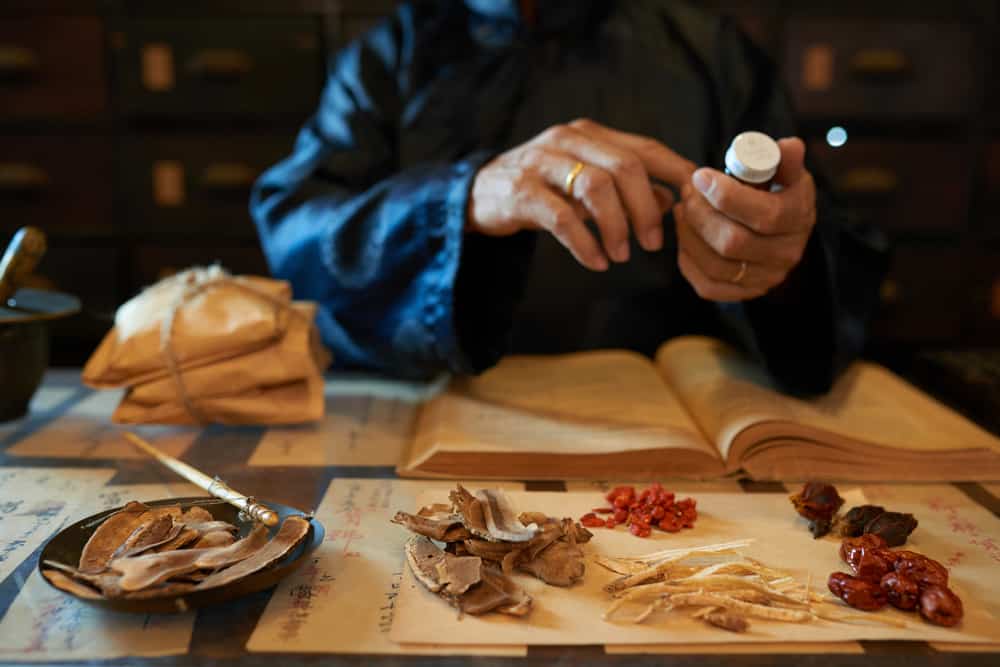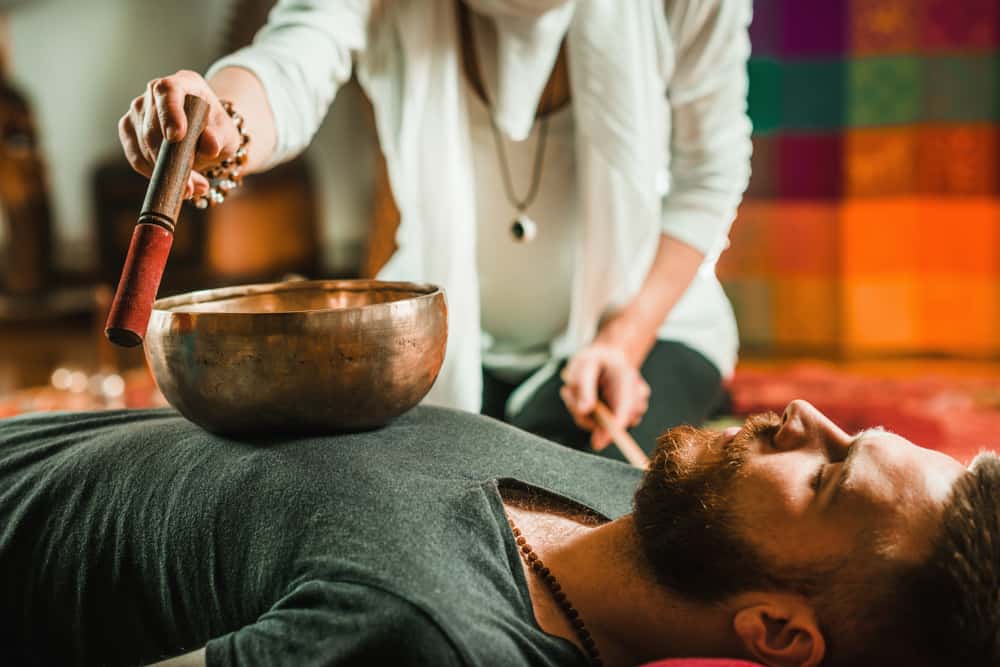What is Chinese medicine? Traditional Chinese medicine (TCM) is thousands of years old and has changed little over the centuries. Its basic concept is that a vital force of life, called Qi, surges through the body. Any imbalance in Qi can cause disease and illness. They call this yin and yang. An ancient yet completely modern healing system and concept.
Traditional Chinese Medicine has the power to unlock your true potential and help you develop and use your own unique gifts and talents. Its insightful wisdom and ability to understand and address individual health needs empower each person with a way to unite body, mind, and spirit—the foundation for lasting, authentic health.

1. Traditional Chinese Medicine (TCM) teaches you how to live a life of balance, wellness, and harmony
If you reach into history, you’ll find ancient wisdom and practice that you may have heard of, but might not truly understand: Traditional Chinese Medicine. It’s true that TCM is one of the oldest healing systems on the planet. It has been in continuous practice for thousands of years. How can something so old still work for people living in modern times? TCM can effectively help heal anyone and any health issues no matter what year it is. It is rooted in unchanging natural law, which has its source beyond time. This unique paradigm of medicine grew out of observation of our reality and how it functions at the deepest levels.

It’s a medicine of extraordinary relationships. Every TCM principle, theory, and healing practice reflects and harmonizes with the relationships that exist within natural law. TCM, also often referred to as “Eastern Medicine” originated in ancient mainland China. Dating back more than 2,500 years and has evolved and has been perfected ever since. Even for those relying on modern “Western Medicine” which is only a couple of hundred years old. However, there is likely a lot that can be learned from TCM practices. But what exactly is Traditional Chinese Medicine? An understanding of the premises of TCM starts with the underlying philosophies.
